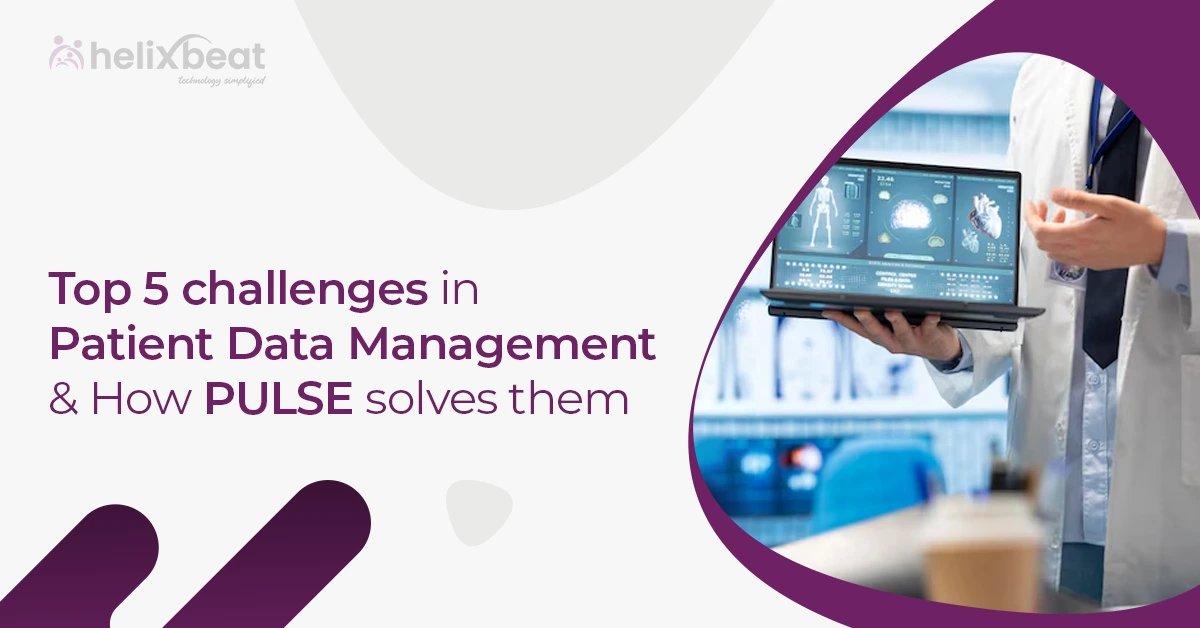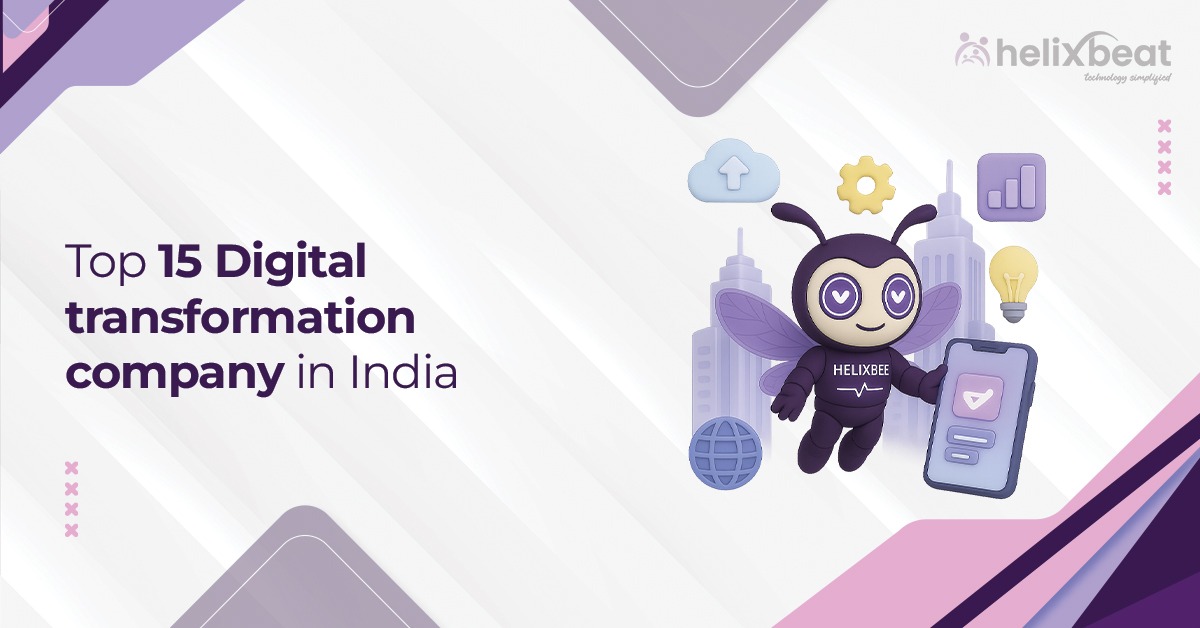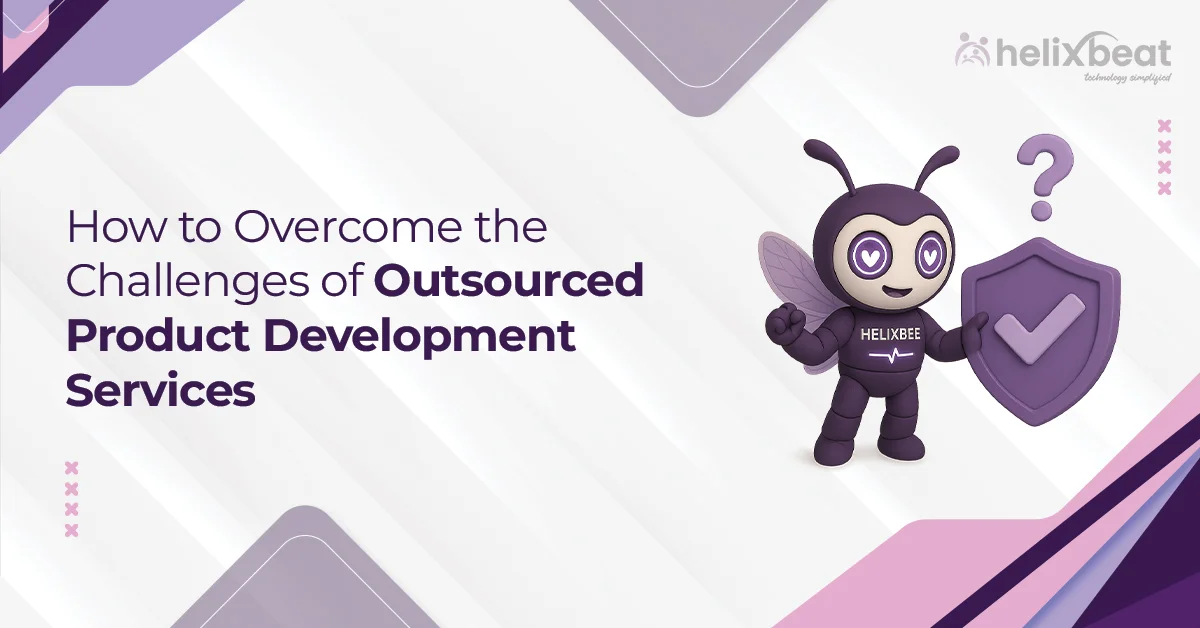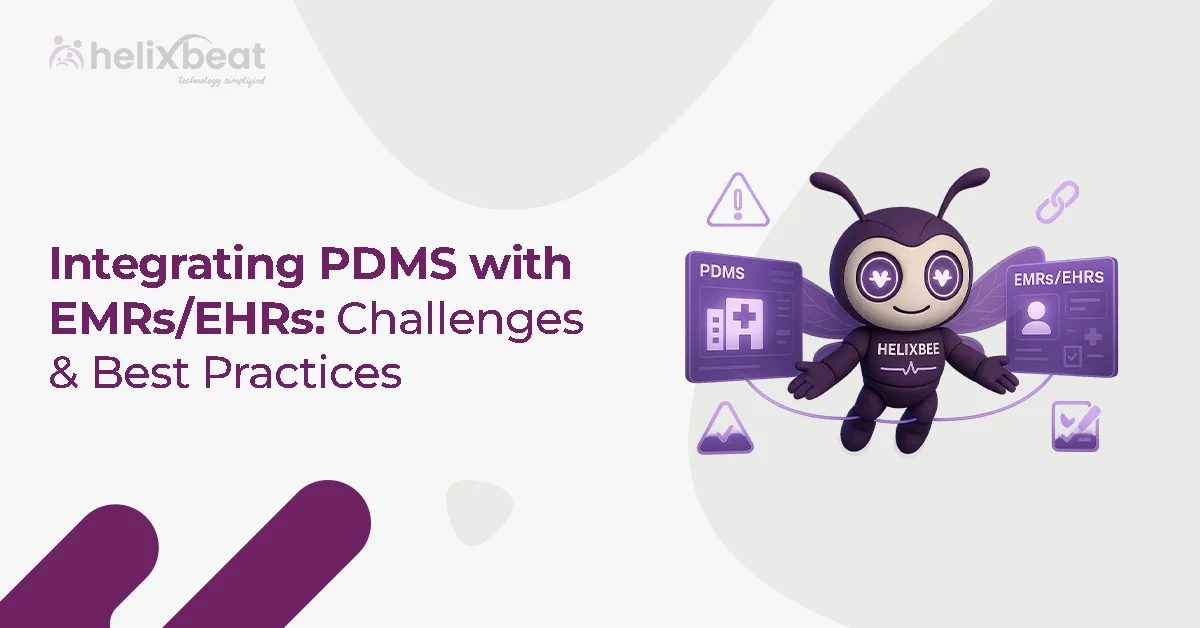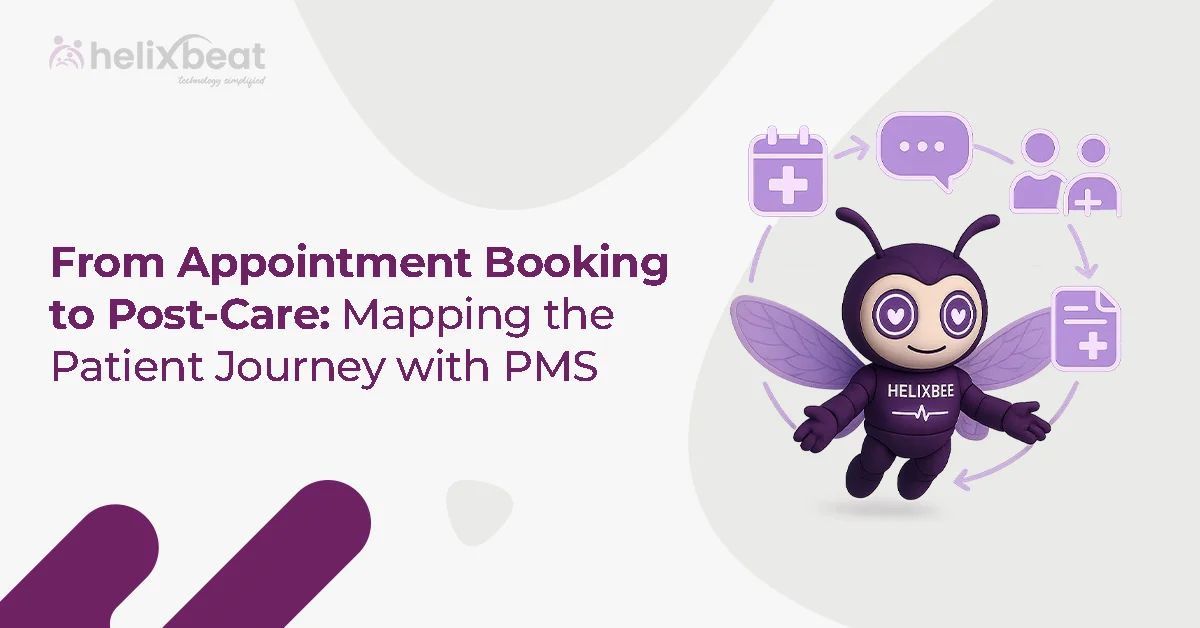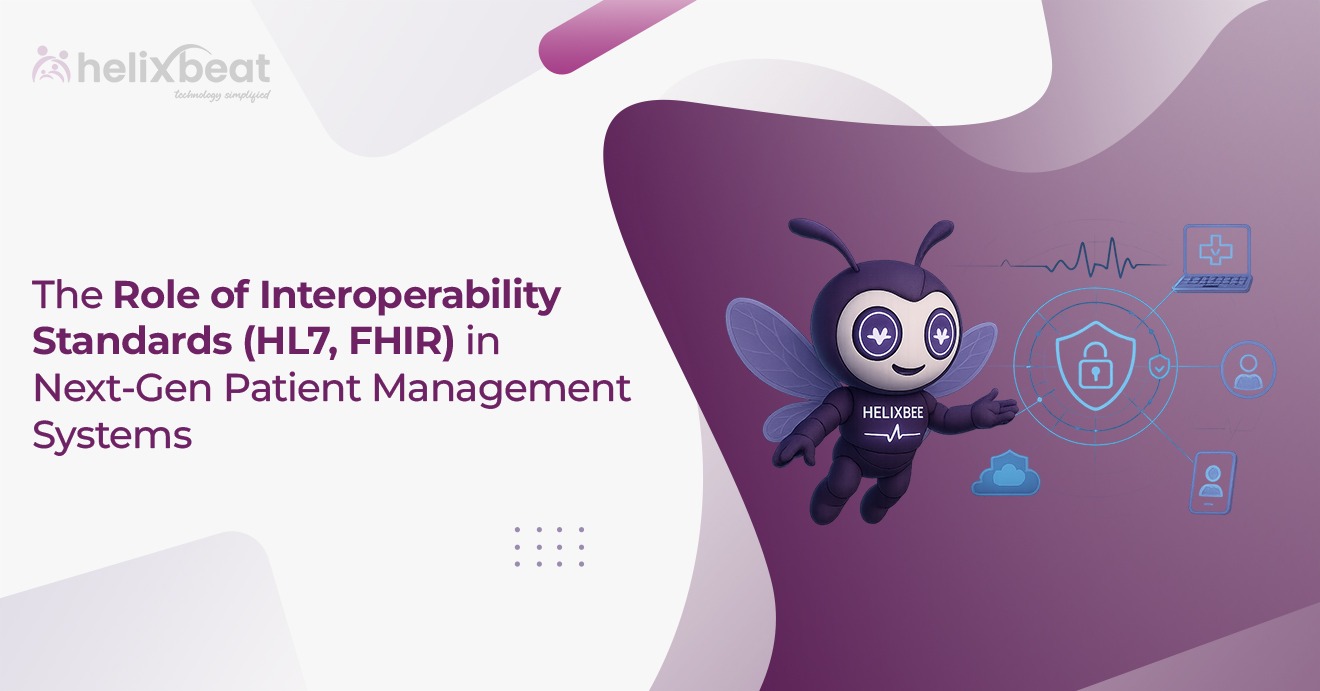Today, technology is revolutionizing how we live, and healthcare is no exception. As individuals, we all rely on healthcare systems for our well-being. Yet, managing patient data can feel like navigating a maze—disjointed records, frustrating delays, and a lack of connection between providers can leave both patients and caregivers feeling stuck. That’s where PULSE steps in, harnessing the power of Distributed Ledger Technology (DLT) to simplify patient data management.
In this blog, we’ll discuss five major hurdles in patient data management and explore how PULSE is making a real difference.
Table of Contents
1. Lack of Unified and Accurate Patient Records
The Challenge: Healthcare data is often scattered across multiple systems—from hospitals to clinics, labs, and pharmacies. This fragmentation creates inconsistencies, which leaves providers with incomplete patient records and patients struggling to access their own health information. These gaps can result in incorrect diagnoses, repeated tests, and inefficient care delivery.
How PULSE Solves this Patient Data Management Challenge: PULSE leverages Distributed Ledger Technology to create a unified, immutable ledger of patient-provider interactions. This protects the integrity of all health records by preventing tampering and eliminating inconsistencies. Therefore, providers have a complete and accurate view of a patient’s medical history, while patients can access their consolidated health records from one platform. This transparent and comprehensive approach builds trust between patients and providers and streamlines the care process.
2. Lack of Real-Time Access to Critical Data
The Challenge: Delays accessing crucial health updates—such as test results, treatment plans, or progress reports—can hinder timely decision-making. These delays not only affect care quality but also lead to frustration among patients and providers who need actionable information at their fingertips.
How PULSE Solves Patient Data Management Challenge: PULSE provides real-time updates that give patients and providers instant access to the latest health data. Its interoperable architecture connects disparate systems, which facilitates seamless data exchange. Whether it’s a lab report, a prescription update, or a change in treatment plans, all stakeholders receive up-to-date information when ready. This boosts proactive care and enables better patient engagement, ultimately leading to timely interventions and improved outcomes.
3. Fragmented Care Collaboration
The Challenge: A lack of collaboration among healthcare stakeholders—such as pharmacies, insurers, and labs—often leads to disjointed care. Patients with chronic conditions bear the brunt of these inefficiencies as they navigate a fragmented healthcare ecosystem.
How PULSE Solves this Patient Data Management Challenge: PULSE bridges the gap between siloed systems by integrating APIs and enabling multi-stakeholder access. This integration facilitates seamless collaboration among all entities involved in a patient’s care. For example, a patient’s primary care physician can share prescriptions in real-time with pharmacies and labs. The result is a cohesive care journey that improves efficiency, reduces redundancies, and elevates the overall patient experience.
4. Difficulty in Verifying Data Authenticity
The Challenge: Healthcare systems face challenges in verifying the origin and flow of patient data, leading to discrepancies and errors. This undermines trust in healthcare records and creates potential risks for both patients and providers.
How PULSE Solves Patient Data Management Challenge: PULSE includes provenance features that trace the complete journey of patient data, from its creation to its current state. By maintaining a detailed audit trail, PULSE enhances accountability and builds trust in the healthcare system. Therefore, providers can confidently rely on the data, and patients are assured that their health records are accurate and trustworthy.
5. Limited Patient Data Ownership and Control
The Challenge: In traditional healthcare systems, patient data is typically controlled by individual providers or centralized systems. This lack of control leaves patients with little authority over their own information, often leading to privacy concerns.
How PULSE Solves Patient Data Management Challenge: PULSE decentralizes data ownership using Distributed Ledger Technology. Patients gain full control over their health records, deciding who can access their information and for what purpose. This empowerment not only enhances privacy but also fosters a sense of agency among patients. Despite decentralizing ownership, PULSE maintains a unified and secure data structure so that all stakeholders can access consistent and reliable information when authorized by the patient.
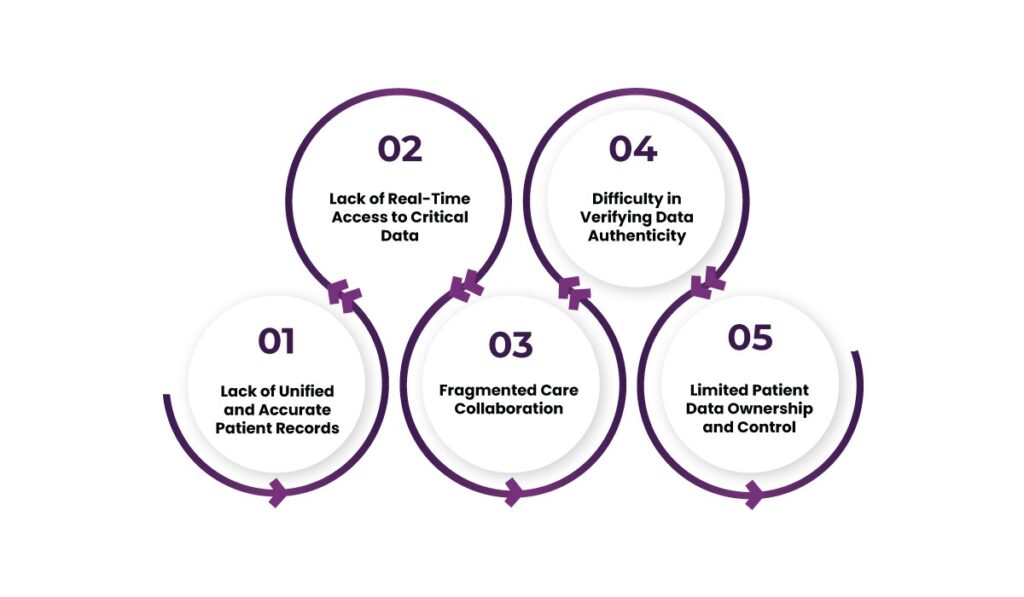
Future of Patient Data Management
The future of patient data management holds immense potential, and tools like PULSE are poised to drive a wave across the healthcare industry. While the current features address existing challenges, PULSE aims to redefine how healthcare data is collected, analyzed, and utilized for a smarter, more connected future.
1. Connected Health Through IoT Integration
The Internet of Things (IoT) is rapidly becoming an integral part of modern healthcare, with devices like smartwatches, glucose monitors, and fitness trackers already gaining popularity. Integrating PULSE with IoT devices could unlock new dimensions of real-time monitoring and care. Imagine a diabetic patient wearing a connected glucose monitor whose readings could be automatically logged into their PULSE record. This would provide their doctor with up-to-date data every time.
By creating a seamless ecosystem where wearable devices feed data into a secure and unified ledger, PULSE could help bridge the gap between patients and providers.
2. A Unified Vision for Global Healthcare
PULSE envisions a future where healthcare systems internationally are connected through interoperable frameworks. This global collaboration could lead to:
- Faster responses to pandemics by securely sharing real-time data across borders.
- Streamlined processes for patients seeking medical care while traveling internationally, eliminating the need to carry physical records.
By setting the foundation for a unified, global healthcare ecosystem, PULSE aims to elevate patient data management to a universal standard.

A Catalyst for Change
PULSE isn’t just a technological upgrade—it’s a paradigm shift in how healthcare organizations think about data. By addressing long-standing inefficiencies and introducing cutting-edge features, it redefines what’s possible in patient care. In an era where every second counts, PULSE is the ally healthcare providers need to meet the demands of a fast-paced, data-driven world.
Discover how PULSE can streamline your processes, enhance collaboration, and deliver better outcomes. Contact us today to schedule a demo!
FAQs
1. What are the key challenges in managing patient data in healthcare systems?
Fragmentation of records, lack of real-time access, limited collaboration, difficulty verifying data authenticity, and restricted patient control over their data are common challenges in patient data management.
2. How does PULSE address the issue of fragmented patient records?
PULSE uses Distributed Ledger Technology to create a unified and tamper-proof ledger of patient-provider interactions. This consolidates all health records into a single platform.
3. How does PULSE improve collaboration between healthcare stakeholders?
By integrating APIs and enabling multi-stakeholder access, PULSE facilitates seamless data sharing between entities like doctors, pharmacies, labs, and insurers.
4. How does PULSE contribute to reducing errors in healthcare data?
By maintaining a unified and immutable ledger, PULSE eliminates inconsistencies, reduces redundancies, and minimizes errors in patient data.
5. Can PULSE provide real-time access to healthcare data?
Yes, PULSE provides real-time updates, giving both patients and providers instant access to the latest health information, such as lab reports and treatment plans.
6. What features of PULSE enhance trust in patient data?
PULSE includes provenance features that trace the complete journey of patient data, thus guaranteeing accuracy and accountability through detailed audit trails.
7. How does PULSE empower patients to control their health records?
PULSE decentralizes data ownership, allowing patients to decide who can access their information and for what purposes, thereby enhancing privacy and control.



